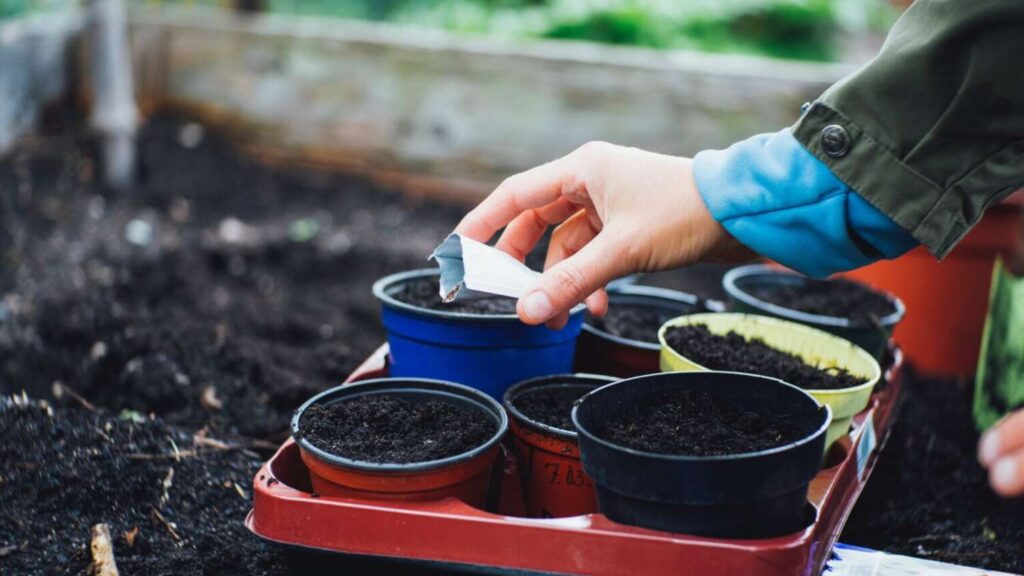
Read: ‘Planting Seeds of the New Year’
Rabbi David G. Winship sees the seeds of the new year in the core of an apple.

Rabbi David G. Winship sees the seeds of the new year in the core of an apple.
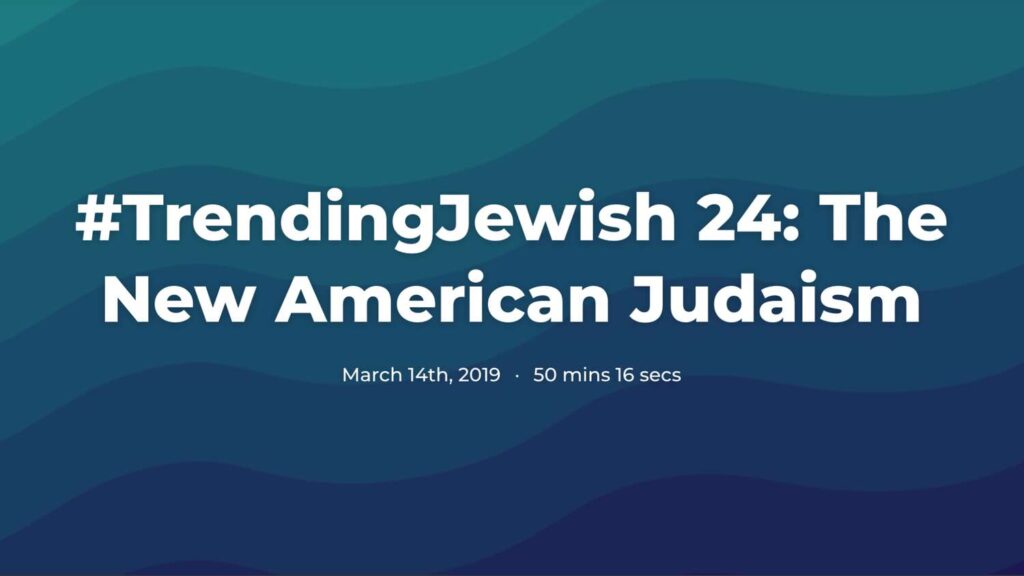
Noted historian Jack Wertheimer discusses his research into how “ordinary” Jews are experiencing Judaism in the 21st century.
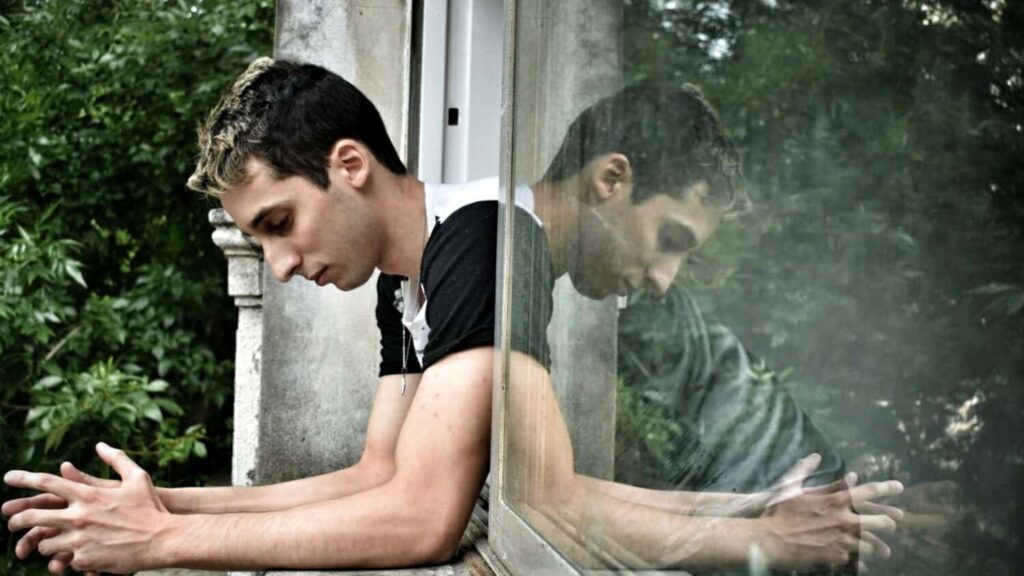
In this week’s d’var Torah, Rabbi Jonathan Kliger teaches that, as they enter the Promised Land, the Israelites “will not be able to build a trustworthy community unless each one of them is able to monitor their own moral choices … and take responsibility for his or her own actions,
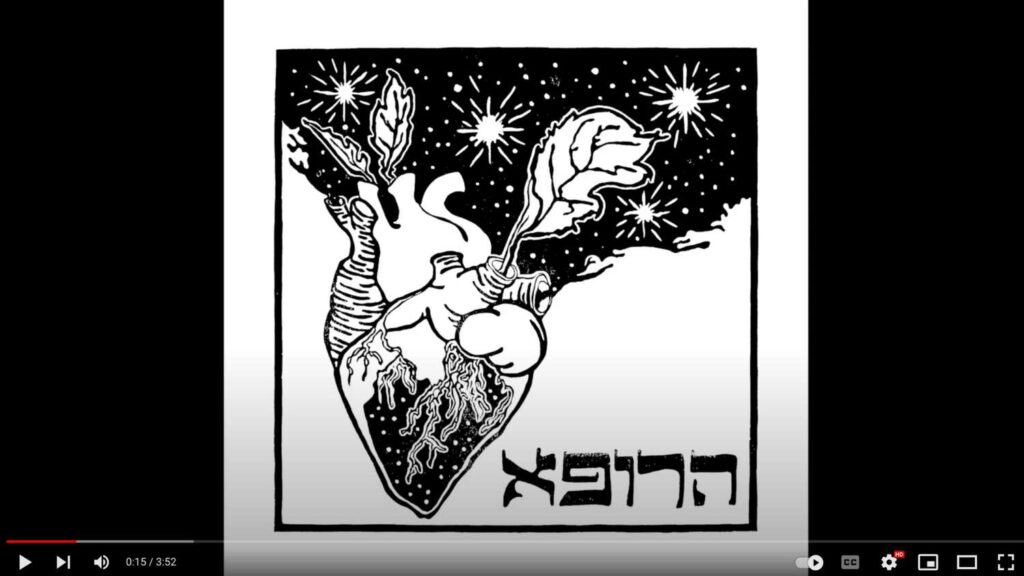
This video of Solomon Hoffman’s (rabbinic leader of Mishkan Ha’am (Westchester, N.Y., and RRC student) setting of Psalm 147 has been played in services around the world and was profiled by the public-radio program “Interfaith Voices.”

There is a Jewish tradition of immersing in a mikveh before Rosh Hashanah and Yom Kippur. Lisa Braun Glazer presents this opportunity to prepare oneself to enter this time of renewal.

Leslea Haravon Collins’s poem plays on the phrase re-nefesh (to “re-ensoul”), coined by Alan Lew in his book, This Is Real and You Are Completely Unprepared.
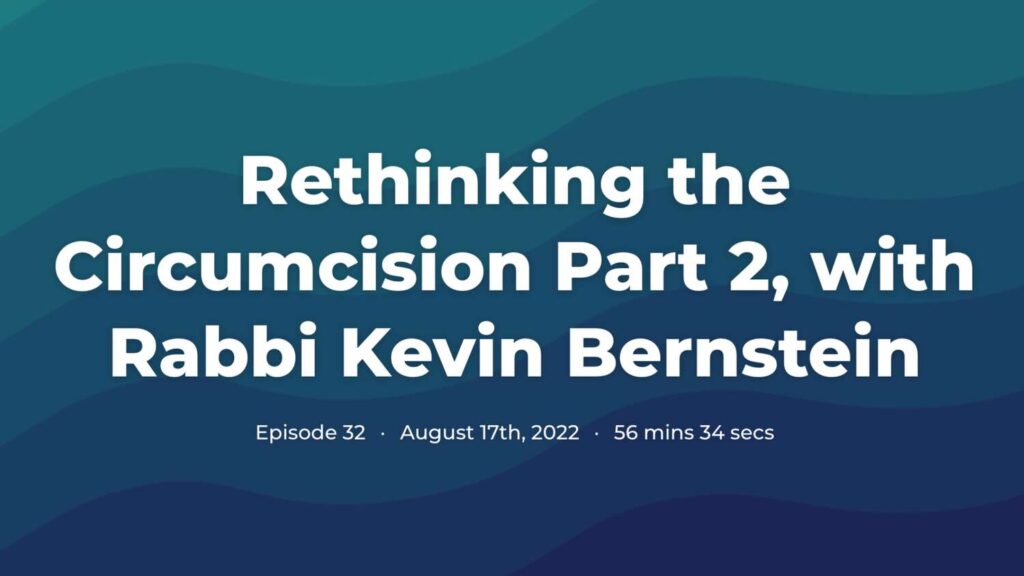
Rabbi Kevin Bernstein has performed hundreds of b’rit milah ceremonies. In this segment, he responds to critics who question the safety and continued relevance of circumcision, including our two prior guests, Gary Shteyngart and Max Buckler, and attempts to demystify and explain what happens at a b’rit milah.
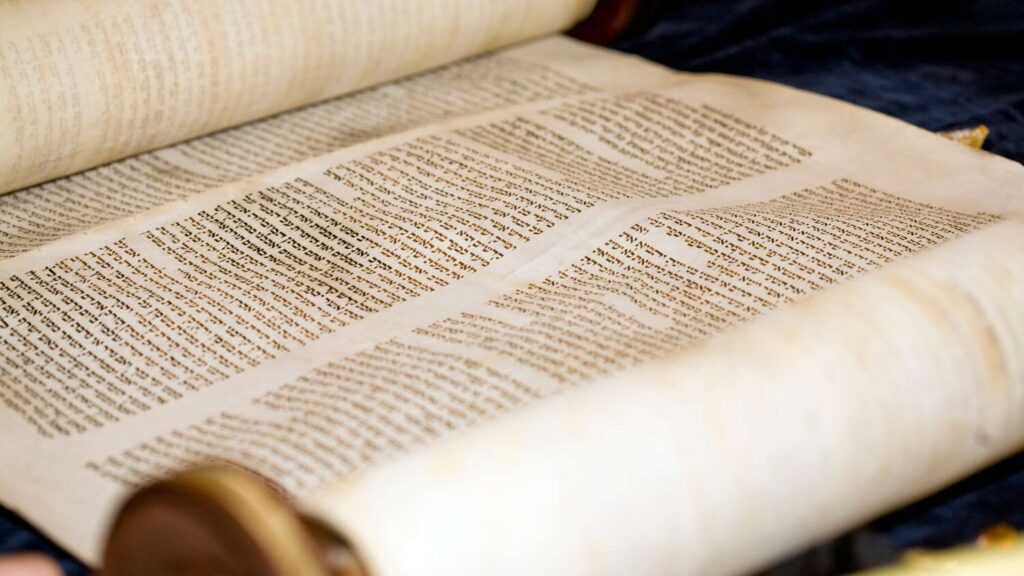
In his comments on this week’s Torah portion, Rabbi Lewis Eron teaches that “in time, all the material blessings promised by Torah will fade. What is good and lasting in the Torah are the words themselves and the actions they demand.”

Rabbi Josh Snyder offers a ritual to bless our animal friends as a hillula — an annual rejoicing on the anniversary of the death of an important Rabbi — for Rav Avraham Yitzchak Ha-Kohen Kook (1864-1935), the first Chief Rabbi of Eretz Yisrael, who envisioned the Messianic age as a